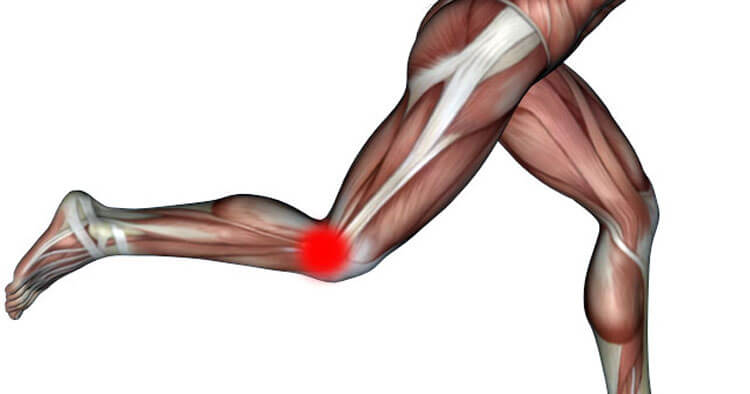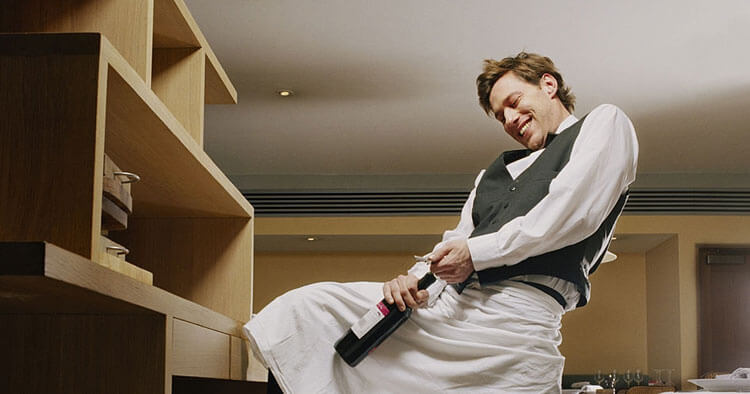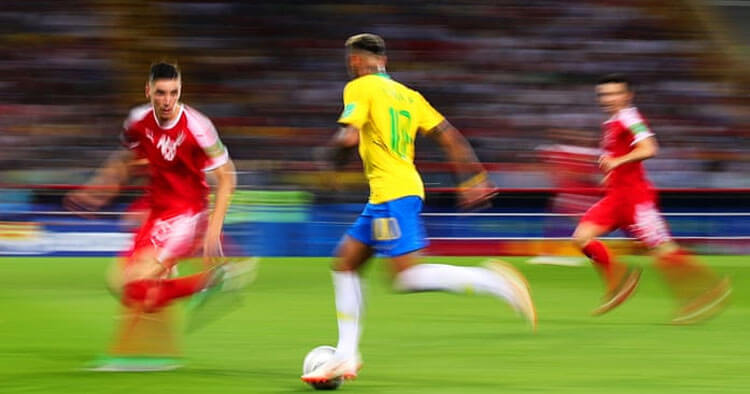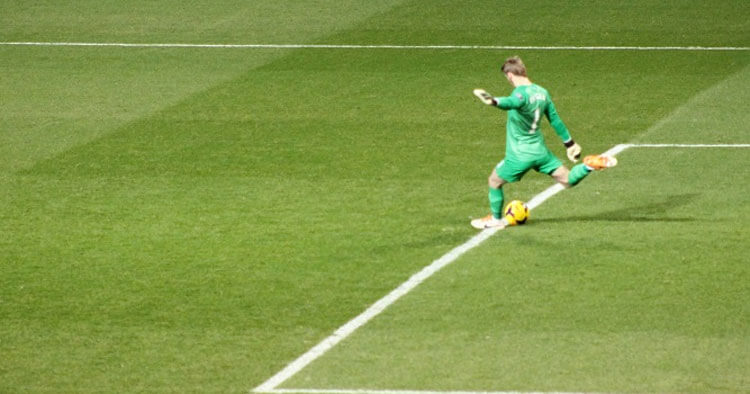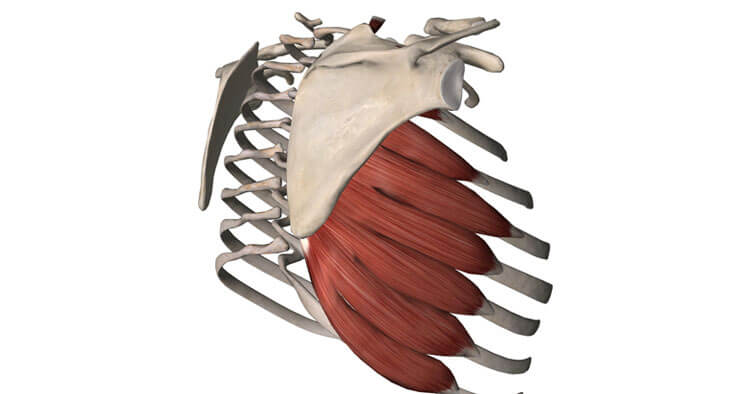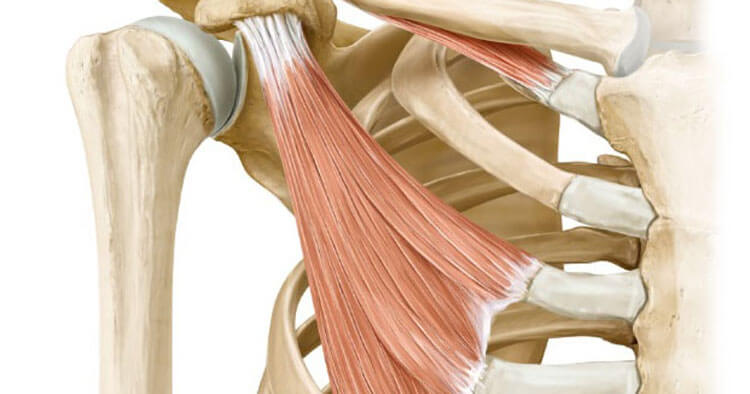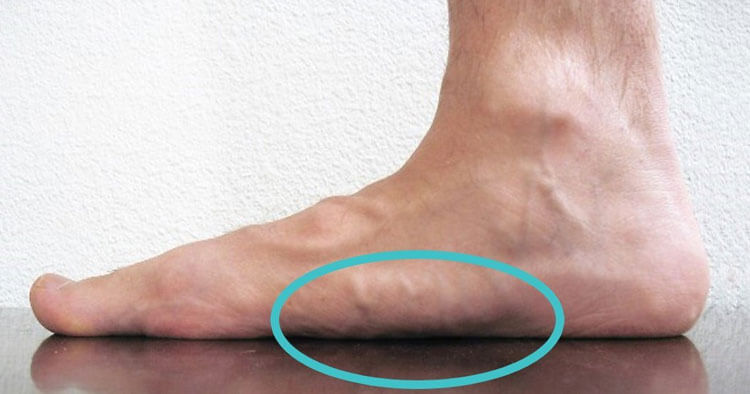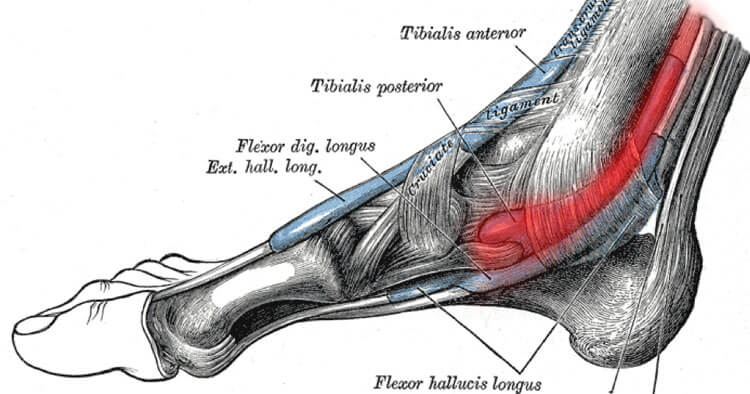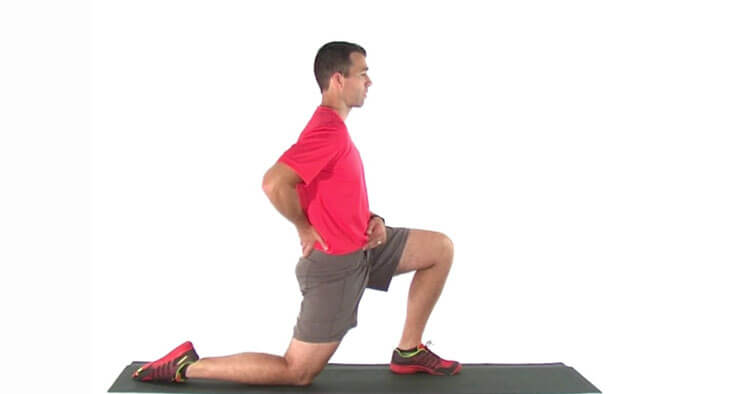What Is The ITB? The iliotibial band, sometimes referred to as the iliotibial tract, or the ITB for short is a thick band of fascia (connective tissue). The connective tissue originates from the Tensor Fascia Lata (TFL) and Gluteus Maximus (glute max) muscles on the outside of the pelvis as seen in the image below…. Read More >
Category Archives: Muscle Pain and Tendinopathy
Biceps Brachii Muscle Anatomy The biceps brachii muscle draws its name from Latin, biceps meaning “two-headed” and brachii meaning “arm.” This nomenclature describes the muscles structure and location, being a two headed muscle which lies in the upper arm between the shoulder joint and the elbow. The two heads of the muscle are referred to… Read More >
A Rectus Femoris Muscle Strain Two joint muscles with type II muscles fibers such as rectus femoris (sometimes called rec fem for short) are considered high risk muscles for sustaining an injury. As a result rectus femoris muscle strain injuries are relatively common, more so than injury to any of the three other quadriceps muscles,… Read More >
Rectus Femoris A Two Joint Muscle The rectus femoris muscle is one of four quadriceps muscles, it is the most superficial and longest of all the quadriceps muscles positioned in the middle, front of the thigh. The three other quadriceps muscles by name are vastus medialis, vastus intermedius and vastus lateralis. All four quadriceps muscles… Read More >
Causes Of A Winged Scapula In most cases of winged scapula that we see in our Randwick and Sydney physio practices, the serratus anterior muscle is the main culprit. The serratus anterior muscle attaches to the medial (inside) border of the shoulder blade and sweeps across the side of the shoulder blade between the shoulder… Read More >
The Relationship Between Rounded Shoulders And Pectoralis Minor Postural changes such as having rounded shoulders, can be the result of tight pectoralis minor muscles, through the tight pec minor muscle pulling the shoulder blade down and forward. Bringing the shoulders downwards and rounding them forward. Through the origin of pectoralis minor coming off the ribs… Read More >
Where Is Your Pec Minor? Pectoralis minor, or pec minor as it is more commonly referred to as, is a muscle that lies in the front lateral area of your chest. Pectoralis minor lies deep to its big brother pec major and as seen in the image below pectoralis minor originates from the third, forth… Read More >
Tib Post Small But Significant Tibialis posterior also referred to as tib post, is a relatively small muscle, yet it’s size does not match its functional importance. Tibialis posterior is crucial in stabilising the foot in walking and running. When tibialis posterior is tight, or weak, it may trigger issues around (but not restricted to)… Read More >
The Anatomy Of The Tibialis Posterior Muscle The tibialis posterior muscle commonly referred to as “tib post”, may just be one of the most important muscles in the body that you have never even heard of till now. Your “tib post” is a muscle that sits in the lower leg where the majority of the… Read More >
Hip Flexors: Frequently Tight Not Weak In my Sydney physio practice I typically find that the majority of the problems the general population experience involving their hip flexor muscles don’t originate from a lack of strength, but from a lack of flexibility. Prolonged and repetitive sedentary postures keep the hip flexor muscles in a constantly… Read More >


